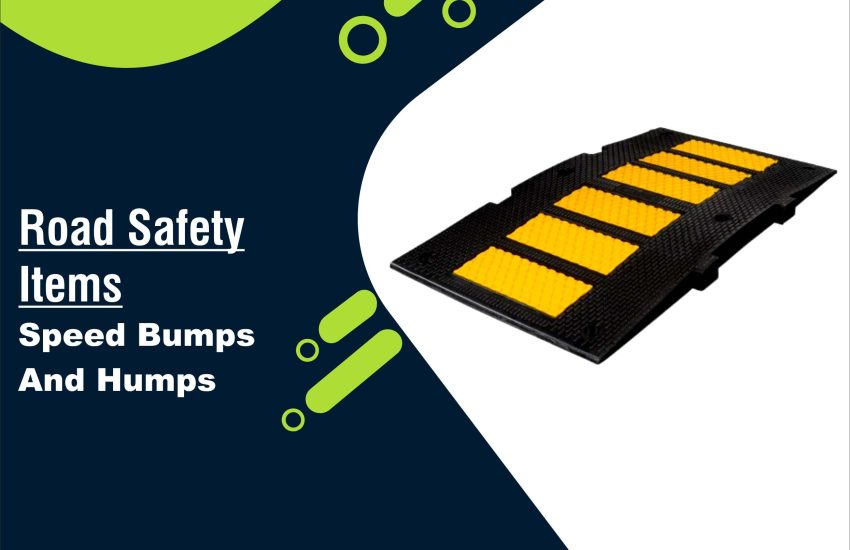Speed Bumps & Humps Traffic calming devices are essential for enhancing road safety in residential areas, parking lots, school zones, and construction sites. Among the most commonly used are speed bumps, speed humps, speed tables, and rumble strips. Each serves a unique purpose and affects vehicle speed and road conditions differently. In this article, we’ll break down the differences and uses of these traffic calming solutions.
What Are Speed Bumps?
Speed bumps are traffic control devices designed to dramatically reduce vehicle speed. They are:
- Height: Typically 2 to 3 inches high
- Width: Narrow, often between 1 to 2 feet
- Purpose: Designed to slow vehicles down to 5-10 mph
- Placement: Commonly found in parking lots, private roads, and school driveways
Speed bumps create a sudden, jarring effect, forcing drivers to come to near stops. This makes them very effective in high pedestrian areas where safety is a top priority.
Keywords: speed bumps, parking lot speed bumps, traffic calming devices, road safety, vehicle speed control, speed bumps for parking lots, residential speed bumps
What Are Speed Humps?
Speed humps are a gentler alternative to speed bumps. They aim to calm traffic without creating a harsh impact. These features include:
- Height: Usually 1 to 3 inches
- Width: Wider than bumps, spanning 10 to 14 feet
- Purpose: Designed to reduce vehicle speed to 15-20 mph
- Placement: Ideal for residential streets, school zones, and neighborhood roads
Speed humps provide a gentle up-and-down jostle, allowing emergency vehicles to pass with minimal disruption while still slowing general traffic.
Keywords: speed humps, residential traffic calming, speed hump installation, neighborhood traffic control, gentle speed reducers, road safety features
What Are Speed Tables?
Speed tables are longer and flatter than both humps and bumps. They resemble a raised platform across the roadway and often double as pedestrian crosswalks.
- Height: Similar to humps, around 3 to 3.5 inches
- Length: Much longer, typically 22 feet or more
- Purpose: Reduce speed to 25-30 mph while allowing smoother flow
- Placement: Frequently used in urban areas, near schools, and at pedestrian crossings
However, one downside to speed tables is that they can interfere with snow removal due to their larger size and elevation.
Keywords: speed tables, raised crosswalks, pedestrian safety, speed reduction platforms, traffic calming crosswalks, road elevation speed table
What Are Rumble Strips?
Rumble strips are not raised above the road surface but are grooved or indented into it. They serve as a sensory warning to alert drivers through vibration and sound.
- Design: Milled or raised strips placed across or along the roadway
- Purpose: Warn inattentive or drowsy drivers
- Placement: Often found on highways, shoulders, or before stop signs and intersections
Rumble strips are highly effective in preventing roadway departure crashes and reducing accidents in high-risk areas.
Keywords: rumble strips, highway safety features, crash prevention, inattentive driver warning, road vibration strips, milled rumble strips, shoulder rumble strips
Choosing the Right Traffic Calming Solution
When selecting a traffic calming device, consider:
- Traffic volume and speed
- Pedestrian presence
- Emergency vehicle access
- Climate and snow removal needs
For example, speed bumps are best for low-speed areas, while speed humps are ideal for residential streets. Speed tables enhance pedestrian safety, and rumble strips work best for driver awareness on highways.
Conclusion
Understanding the differences between speed bumps, speed humps, speed tables, and rumble strips helps municipalities, property managers, and developers choose the most effective solution for improving road safety. Whether you’re looking to slow traffic, protect pedestrians, or alert inattentive drivers, there’s a traffic calming device tailored to your needs.


